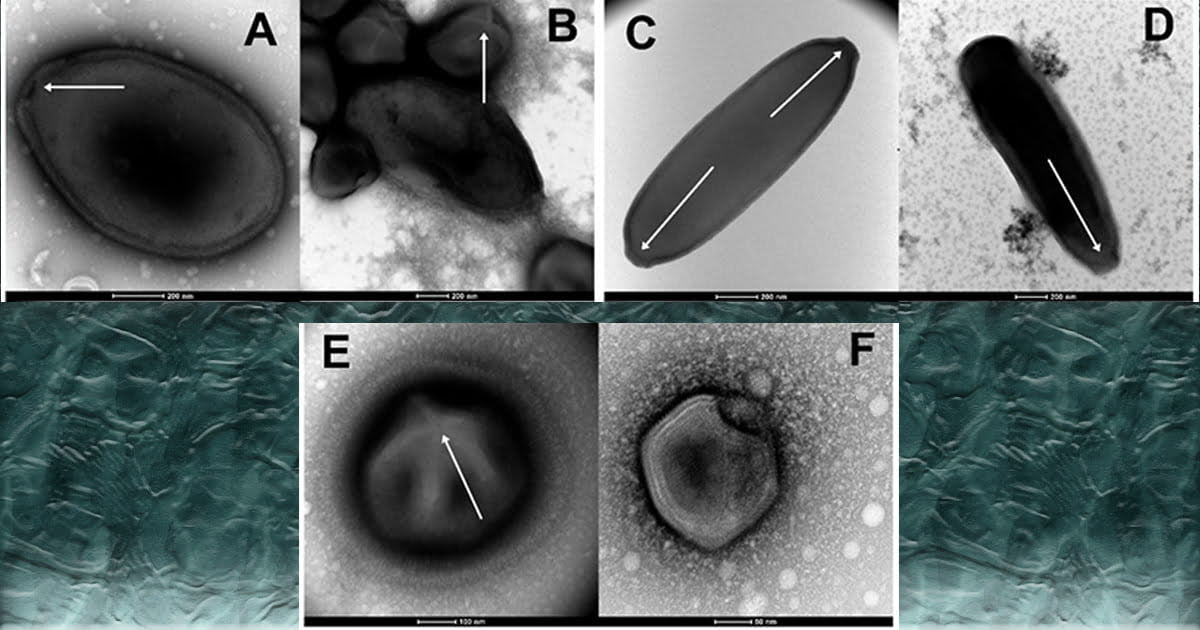Earliest Evidence of Pot Smoking Found in Ancient Chinese Graves
WESTERN CHINA – The earliest known signs of people smoking marijuana have been unearthed by archaeologists from a graveyard in western China that is 2,500 years old.
The evidence was discovered in the Pamir Mountains in a complex of tombs used for wealthy persons. The Pamir Mountains are a region near the borders of where modern China, Pakistan, and Tajikistan are located.
Excavators at the site found 10 wooden bowls and some stones that contained the burnt residue of cannabis plants. Scientists say they believe the stones were heated and used to burn the marijuana, then the smoke was inhaled as a type of ritual burial activity.
“It’s the earliest strong evidence of people getting high on marijuana”, Mark Merlin said, who is a botanist at the University of Hawaii. Mr. Marlin was not directly involved in the new research that was published on Wednesday in the journal Science Advances.
It has long been intriguing for scholars to study the history of drug use in ancient times. Herodotus, the Greek Historian had written about people in Central Asia who smoked cannabis around the year 440 B.C.
Over the last century, archaeologists have discovered cannabis plants and seeds buried in tombs throughout the highlands of Central Asia, along with southern Siberia, and other places in western China’s Xinjiang region.
In modern times, scholars don’t consider ancient accounts of drug use to be trustworthy unless there’s corroborating evidence. Also, because cannabis plants have other uses, such as seeds being pressed for their oil, and cloth being made from its fibers, proof of seeds by themselves doesn’t prove drug use.
There are new techniques that are used for chemical analysis. Scientists working on the study examined the cannabis residue and discovered evidence of THC being present, which is the substance that makes people high when they smoke marijuana.
Cannabis plants found in the wild mostly have low amounts of THC, so it is believed by researchers that the grave builders selected or cultivated the plants with larger THC amounts on purpose.
“During funeral rites, the smokers may have hoped to communicate with the spirit world — or with the people they were burying,” study co-author Yimin Yang, who is from the University of the Chinese Academy of Sciences located in Beijing.
The excavation site is called Jirzankal Cemetary, where research started in 2013. Researchers also found other objects in the tomb complex that are believed to have been used in funeral rituals, such as fragments of silk cloth and harps. There hasn’t been any DNA analysis released yet that suggests their origins.
Dorian Fuller, who is a botanist and archaeologist at University College London wasn’t involved in the study, but said the findings were “very exciting.”
“Some of the artifacts are from Central Asia and some from Central China,” Fuller said. “It reminds us that this region was very much at the crossroads of Asia at the time.”













